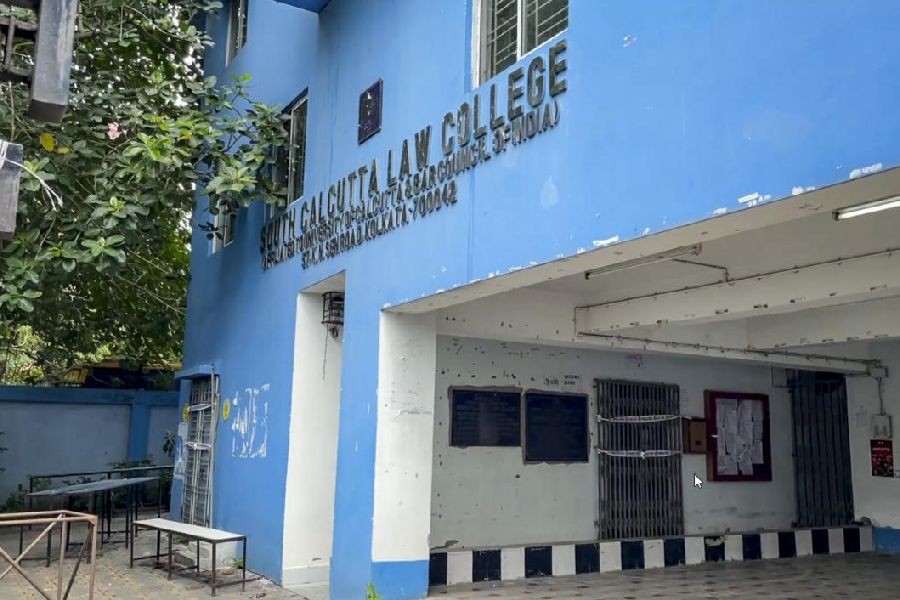 |
Our story begins in 1955, the year the Mille Miglia race saw a famous victory for Mercedes-Benz by Stirling Moss and his co-driver David Jenkinson, in what was at that time, the first competitive outing for the new 300 SLR. For the uninitiated, the Mille Miglia of 1955 was a legendary 1,000-mile race on public roads from Brescia to Rome and back at racing speed. Sadly, the Mille Miglia is a thing of the past, as it’s not really considered people-friendly to have racing cars tearing down public roads.
Going back, the SLR 300 in Moss’s able hands covered the distance in a record time of 10 hours, seven minutes and 48 seconds. This happens to probably be the fastest time ever recorded in the Mille Miglia. And the credit goes to Moss for winning the race ahead of teammate, Juan Manuel Fangio. Fangio would go on to become a five-time winner of the F1 world championship.
As day broke on the Piazza della Vittoria in the heart of Brescia in Northern Italy on May 1, 1955, the new Silver Arrows from Stuttgart-Untertürkheim lined up at the start. There were four of them — driven by Fangio, Stirling Moss, Karl Kling and Hans Herrmann. Both the 300 SLR and 25-year-old Moss were making their respective debuts for Mercedes-Benz in Italy. The first stage was between Brescia and Verona and Hans Herrmann averaged an average speed of 192.23 kmph, on a public road mind you!
However, Stirling Moss having started at 7.22am precisely (hence the new SLR’s name) was in the lead at the halfway point, Rome. As the second leg began, Karl Kling was forced out due to an accident while Herrmann exited near Florence with a fuel-related problem. So it was left to Moss and Fangio to uphold the honour and dignity of the Fatherland, which the Brit managed ahead of Fangio. The average speed at the end of the day? A record 157.65kpmh, which still stands today.
 |
However, that wasn’t the only victory for the 300 SLR. At the race at Nürburgring in the Eifel Mountains, the tables were turned with Fangio ahead of Moss. In fact, with a total of five victories, the 300 SLR became the most successful racing car of 1955.
The 300 SLR was a high-strength tubular steel frame concept taken from the gull wing 300 SL, but differed in that it had an aluminium body, a five-speed transmission, 16-inch wheels and larger brakes. It also had more power due to an eight-cylinder in-line engine, taken from the 1954 Formula 1 race car, with direct petrol injection and dual ignition. In the 300 SLR, the engine’s displacement was increased to 3.0 litres, resulting in a power output of 310 hp at 7400 rpm, while the peak torque was 317 Nm at 5950 rpm.
Last year, the car and its driver were united for one last time at the Mille Miglia Storica — not a race but more a parade of past Mille Miglia runners. The 300 SLR bearing competition number 722 is now at the Mercedes-Benz Museum in Stuttgart- Untertürkheim. So why am I waxing eloquent about a historic car? For the simple reason that a new commemorative SLR — SLR 722 Edition (see pictures) — has been launched by Mercedes-Benz.
The 722 has been developed in the UK actually, in Woking by no less than McLaren, the same people who make cars for the likes of Kimi Raikkonen and Fernando Alonso (from next year) to race in Formula One. The new SLR McLaren 722 Edition super sports car is a car built with today’s technology and of course, is a better performer than the old 300SLR. It’s a limited-edition series and only 150 models are going to be produced, by hand mostly, at McLaren in Woking. The name of the game is performance and so, the 722 is powered by a 5.5-litre V8 supercharged engine assembled by hand in Affalterbach, Germany which is where AMG, the performance-tuning arm of Mercedes is based.
The performance of this supercar takes into account unmistakable V8 sound. Even the gear box has been tuned and each individually selectable transmission modes — M (Manual) and S (Sport) on the one hand and C (Comfort) on the other — has been given a different accelerator pedal characteristic curve optimised for the conditions. The result is an acceleration time of 3.6 seconds for 0 to 100 kph (the SLR 300 did it in 3.8 seconds), 10.2 seconds for 200 km/h (the SLR 300 did it in 10.6 seconds) and 28.0 seconds for 300kph (the SLR 300 got there in 28.8 seconds). As is obvious, the SLR 300 was certainly no slouch and Mercedes has taken care not to put the old SLR 300 in the shade! The top speed of the 722 is 337kph, which is more than that of the standard current SLR — 334 kmph.
I suppose, the SLR 300 would have been a proud parent. McLaren has tuned the chassis on the equipment normally used to test Formula 1 cars. Higher spring rates (read stiffer springs) and dampers improve the 722’s dynamics and body roll through corners has been reduced as well. All this, to allow the 722 to hustle through corners at higher speeds.
The 19-inch forged-aluminium wheels are low in weight, and also allow larger Brembo brake discs (390mm diameter) to be fitted. The 722 has been aerodynamically honed in the wind tunnel as well. And it shows in the form of an air splitter and a rear air brake to help slow the car down. This has resulted in improved cornering ability, higher lateral g forces and more agile handling than the current SLR. As I mentioned, this is a limited edition car and only 150 of these beauties will be built. So who is going to be the first and maybe the only Indian enthusiast to have one of these sitting pretty in his garage?










